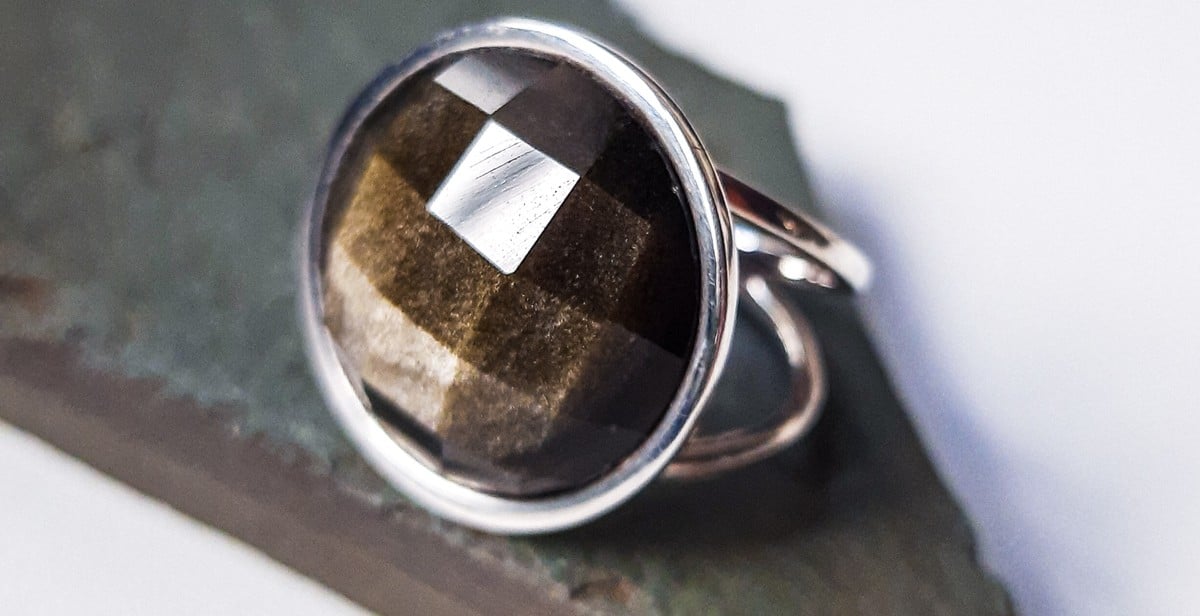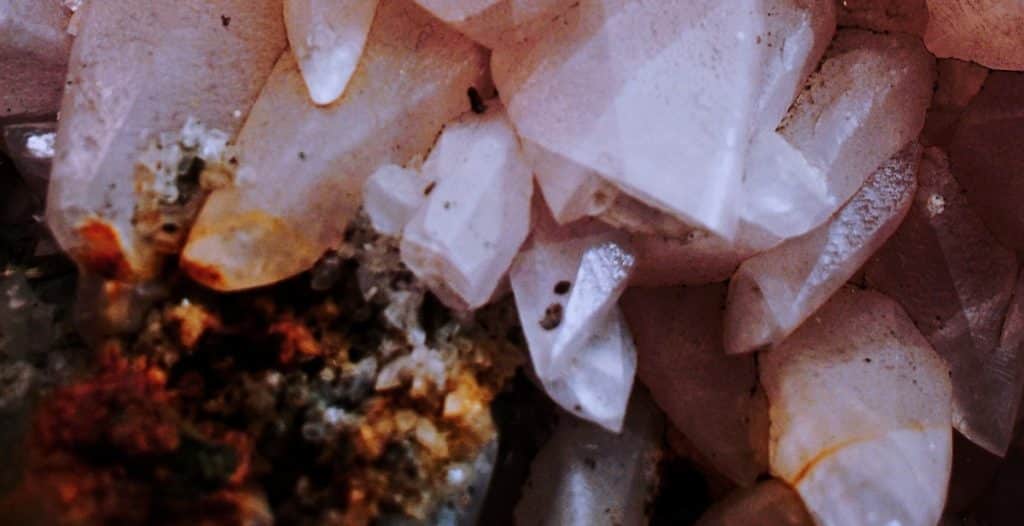The Science Behind How Gemstones Form and How It Affects Their Value
Gemstones are not only beautiful but also hold significant value for their rarity, durability and unique properties. From diamonds to rubies, sapphires to emeralds, gemstones are formed through a complex process that takes millions of years. Understanding the science behind how these precious stones form can give us a better appreciation of their value and beauty.
Types of Gemstones
There are two main types of gemstones: organic and inorganic. Organic gemstones are formed from living organisms, such as pearls and amber. Inorganic gemstones are formed from minerals and rocks, such as diamonds and rubies. Each type of gemstone has a unique formation process that affects its value and quality.
The Formation Process of Gemstones
Gemstones are formed deep within the earth’s crust, under extreme heat and pressure. The process begins with the formation of magma, which is a mixture of molten rock, minerals and gases. As the magma cools and solidifies, it forms igneous rocks, which can contain gemstones.
Over time, these rocks can be exposed to the earth’s surface through geological processes such as erosion and volcanic activity. This can result in the formation of secondary deposits, where gemstones are found. Other gemstones are formed through metamorphic processes, where existing rocks are subjected to high pressure and temperature, causing them to transform into new minerals and gems.
How Formation Affects Gemstone Value
The formation process of gemstones affects their quality, rarity and ultimately their value. Factors such as color, clarity, size and shape are all influenced by the formation process. For example, diamonds that are formed under high pressure and temperature are typically of higher quality and value than those formed under lower pressure and temperature.
By understanding the science behind how gemstones form, we can gain a deeper appreciation for their unique properties and value. Whether you are a collector or simply admire the beauty of gemstones, their formation process is truly a wonder of nature.
What are Gemstones?
Gemstones are naturally occurring minerals that are cut and polished to create beautiful, valuable, and often rare pieces of jewelry. Gemstones are highly prized for their beauty, durability, and rarity, and have been used as adornments for thousands of years. Gemstones are formed deep within the Earth’s crust, and their formation is a complex and fascinating process.
Popular Types of Gemstones
There are many different types of gemstones, each with their own unique properties and characteristics. Some of the most popular gemstones include:
- Diamonds: Diamonds are the hardest and most durable gemstone, and are highly valued for their brilliance and fire.
- Emeralds: Emeralds are known for their rich, green color, and are often associated with royalty and wealth.
- Rubies: Rubies are prized for their deep, red color and are often associated with passion and love.
- Sapphires: Sapphires come in a variety of colors, but are most commonly associated with their deep, blue hue.
- Opals: Opals are known for their unique play of color, which can include a wide range of hues and patterns.
These are just a few examples of the many different types of gemstones that exist. Each gemstone has its own unique characteristics and value, which is determined by factors such as its rarity, color, clarity, and cut.
| Gemstone | Color | Hardness |
|---|---|---|
| Diamond | Colorless, yellow, brown, pink, blue, green, etc. | 10 (hardest) |
| Emerald | Green | 7.5-8 |
| Ruby | Red | 9 |
| Sapphire | Blue, pink, yellow, green, etc. | 9 |
| Opal | Play of color | 5.5-6.5 |
Understanding the different types of gemstones and their unique properties is important for anyone who is interested in purchasing or collecting these beautiful and valuable pieces of jewelry.

How do Gemstones Form?
Gemstones are a beautiful and valuable addition to any jewelry collection, but have you ever wondered how they form? The formation of gemstones is a complex process that involves a combination of heat, pressure, and chemical reactions.
The Role of Heat and Pressure
One of the most important factors in the formation of gemstones is heat and pressure. This is because gemstones are formed deep within the earth’s crust where there is high pressure and temperature. The heat and pressure cause minerals to melt and recrystallize, forming new minerals and gemstones.
For example, diamonds are formed deep within the earth’s mantle, where temperatures can reach up to 2200 degrees Fahrenheit and pressures can be as high as 725,000 pounds per square inch. Under these extreme conditions, carbon atoms bond together to form diamond crystals.
Other gemstones, such as sapphires and rubies, are formed in a similar way. They are created in metamorphic rocks, which are rocks that have been changed by heat and pressure. The heat and pressure cause minerals to recrystallize and form new minerals, including gemstones.
The Role of Chemicals and Minerals
In addition to heat and pressure, the formation of gemstones also depends on the presence of certain chemicals and minerals. These chemicals and minerals are necessary for the formation of specific types of gemstones.
For example, emeralds are formed when beryl, a mineral that contains beryllium, is exposed to chromium and vanadium. These chemicals give emeralds their green color. Similarly, amethysts are formed when quartz, a mineral made of silicon and oxygen, is exposed to iron and manganese. These chemicals give amethysts their purple color.
Other gemstones, such as opals and pearls, are formed in a different way. Opals are formed when water containing silica seeps into cracks and spaces within rocks. Over time, the silica hardens and forms opal. Pearls, on the other hand, are formed by living organisms. When an irritant, such as a piece of sand, enters an oyster or mollusk, the organism secretes a substance called nacre around the irritant, forming a pearl.
Overall, the formation of gemstones is a complex process that involves a combination of heat, pressure, and chemical reactions. The unique conditions that are required for the formation of each type of gemstone are what make them so valuable and sought after.

Factors Affecting Gemstone Value
When it comes to determining the value of a gemstone, there are several factors that come into play. The following are the most significant factors that affect the value of a gemstone:
Color and Clarity
The color and clarity of a gemstone are two of the most important factors in determining its value. The more intense and pure the color, the more valuable the gemstone is. For example, a vivid red ruby is much more valuable than a pale pink one. Clarity refers to the presence of inclusions or blemishes within the gemstone. The fewer the inclusions, the higher the value.
Size and Weight
The size and weight of a gemstone also play a significant role in determining its value. Generally speaking, larger gemstones are more valuable than smaller ones. However, the value also depends on the rarity of the gemstone. For example, a small, rare gemstone can be more valuable than a larger, more common one.
Rarity and Availability
The rarity and availability of a gemstone are also important factors in determining its value. If a gemstone is rare and difficult to find, it will be more valuable than a more common one. Availability also plays a role in determining value. If a gemstone is readily available, its value will be lower than a gemstone that is difficult to find.
| Factors | Importance |
|---|---|
| Color and Clarity | High |
| Size and Weight | Medium |
| Rarity and Availability | High |
Overall, these factors work together to determine the value of a gemstone. A gemstone that is large, rare, and has a vivid color and high clarity will be the most valuable. However, the value of a gemstone can also be influenced by market demand and other external factors.
Conclusion
As we have seen, the formation of gemstones is a complex process that involves a variety of geological and chemical factors. The type of gemstone, the conditions under which it formed, and the various impurities and inclusions that it contains all play a role in determining its value.
By understanding the science behind how gemstones form, we can gain a greater appreciation for their beauty and rarity. We can also make more informed decisions when it comes to buying and selling gemstones.
When it comes to assessing the value of a gemstone, it is important to consider a range of factors beyond just its size and clarity. The origin of the stone, the rarity of its color, and the presence of any unique inclusions or features can all significantly impact its worth.
Ultimately, the value of a gemstone is determined by a combination of objective scientific factors and subjective factors such as cultural significance and personal preference. By taking the time to learn about the science behind these fascinating stones, we can better appreciate their value and significance in our lives.

